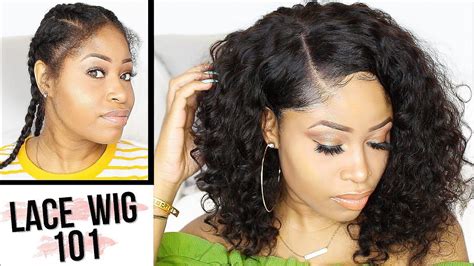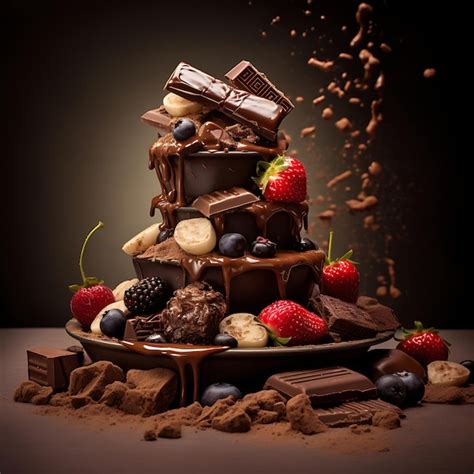Embark on a Sensory Sojourn with the Enchanting World of 72% Dark Chocolate
Indulge in the captivating allure of 72% dark chocolate, a tantalizing symphony of sweet and bittersweet flavors. With its rich, velvety texture and an array of health benefits, this delectable treat has become a culinary and wellness sensation.

Health Benefits of 72% Dark Chocolate
- Antioxidant Powerhouse: 72% dark chocolate contains a wealth of antioxidants, such as flavanols, which help neutralize free radicals and protect cells from damage.
- Cardiovascular Support: The flavanols in dark chocolate have been shown to improve blood flow, lower blood pressure, and reduce the risk of heart disease.
- Cognitive Enhancer: Studies suggest that consuming 72% dark chocolate may improve cognitive function and reduce the risk of neurodegenerative disorders.
- Mood Booster: Dark chocolate contains theobromine, a substance that stimulates the release of serotonin, a neurotransmitter associated with improved mood.
Culinary Delights with 72% Dark Chocolate
The versatility of 72% dark chocolate extends far beyond its raw form. Its rich flavor and smooth texture make it a perfect ingredient for a wide range of culinary creations:
- Decadent Desserts: From fudgy brownies to velvety mousses, 72% dark chocolate adds a rich and sophisticated touch to any sweet treat.
- Savory Surprises: Pair 72% dark chocolate with savory ingredients like chili, coffee, or salt for unexpected and delicious flavor combinations.
- Beverage Bliss: Indulge in a warm cup of dark chocolate cocoa or create delectable cocktails with a hint of chocolatey sweetness.
- Health-Conscious Treats: Replace sugary snacks with small portions of 72% dark chocolate for a satisfying and guilt-free treat.
3 Tips for Savoring 72% Dark Chocolate
- Choose High-Quality Chocolate: Look for 72% dark chocolate with a smooth and shiny appearance and a rich, cocoa-forward aroma.
- Savor Slowly: Allow each bite of 72% dark chocolate to dissolve in your mouth, savoring its complex flavors and textures.
- Pair Wisely: Enhance the experience of 72% dark chocolate by pairing it with complementary flavors like coffee, fruit, or cheese.
The Spectrum of Dark Chocolate: 50 Shades from Light to Noir
Beyond 72%, the world of dark chocolate unravels into a mesmerizing array of flavors and nuances:
- 60-70% Dark Chocolate: With a balanced sweetness and bitterness, this range offers a gateway into the world of dark chocolate.
- 75-85% Dark Chocolate: For the adventurous palate, these intensely flavored chocolates reveal a symphony of cocoa notes and a hint of fruitiness.
- 90-100% Dark Chocolate: The pinnacle of dark chocolate indulgence, this uncompromisingly bitter and complex confection is reserved for true connoisseurs.
Table 1: Cocoa Content and Flavor Profile of Different Dark Chocolate Percentages
| Cocoa Content | Flavor Profile |
|---|---|
| 60-70% | Balanced sweetness and bitterness |
| 72% | Rich, velvety texture with notes of cocoa and caramel |
| 75-85% | Intense cocoa flavors with hints of fruit and spice |
| 90-100% | Uncompromisingly bitter and complex |
Table 2: Health Benefits of Dark Chocolate by Cocoa Content
| Cocoa Content | Antioxidant Capacity | Cardiovascular Benefits | Cognitive Enhancement |
|---|---|---|---|
| 60-70% | Moderate | Potential | Possible |
| 72% | High | Established | Suggested |
| 75-85% | Very high | Strong | Promising |
| 90-100% | Exceptional | Uncertain | Theoretical |
Table 3: Culinary Applications of Dark Chocolate by Cocoa Content
| Cocoa Content | Desserts | Savory Dishes | Beverages | Health-Conscious Treats |
|---|---|---|---|---|
| 60-70% | Rich and decadent | Limited | Satisfying | Moderate |
| 72% | Velvety and intense | Versatile | Indulgent | Excellent |
| 75-85% | Complex and sophisticated | Unique | Intriguing | Intense |
| 90-100% | Uncompromising | Experimental | Bitter | Extreme |
Unveiling the Secrets of Dark Chocolate
What Makes Dark Chocolate Dark?
The darkness of chocolate is directly related to its cocoa content, the percentage of cocoa solids present. The higher the cocoa content, the darker and more intense the chocolate. Dark chocolate typically contains at least 50% cocoa solids.
How Dark Chocolate is Made
Dark chocolate undergoes a complex process of fermentation, roasting, grinding, and tempering. The fermentation process develops the flavor and aroma of the cocoa beans, while roasting brings out their complex notes. Grinding produces a cocoa mass, which is then liquefied and mixed with sugar and cocoa butter to create dark chocolate.
Beyond Indulgence: Innovate with Dark Chocolate Brown
Creative Applications for Dark Chocolate Brown
The deep and alluring hue of dark chocolate brown lends itself to a realm of innovative applications beyond food:
- Fashion and Design: Designers incorporate dark chocolate brown into luxurious fabrications, creating sophisticated and elegant garments.
- Architecture and Interior Design: The rich color adds warmth and depth to architectural and interior spaces, evoking a sense of opulence and comfort.
- Art and Culture: Dark chocolate brown has inspired countless works of art, from paintings to sculptures, capturing its beauty and allure.
Table 4: Creative Applications of Dark Chocolate Brown
| Industry | Application |
|---|---|
| Fashion and Design | Luxury fabrics, designer accessories |
| Architecture and Interior Design | Building facades, interior accent walls |
| Art and Culture | Paintings, sculptures, installations |
Dark Chocolate Brown: An Enduring Legacy of Indulgence and Refinement
Throughout history, dark chocolate brown has captivated the senses and ignited imaginations:
- Ancient Origins: The earliest known use of chocolate dates back to 1900 BC in Mesoamerica, where the Mayan and Aztec civilizations revered it as a sacred food.
- European Renaissance: Dark chocolate was introduced to Europe in the 16th century and quickly became a symbol of wealth and sophistication, enjoyed by royalty and the upper classes.
- Modern Renaissance: In recent decades, there has been a renewed appreciation for dark chocolate’s culinary and health benefits, leading to its widespread popularity.
Frequently Asked Questions (FAQs)
1. What is the difference between dark chocolate and cocoa powder?
– Dark chocolate contains cocoa solids, cocoa butter, and sugar, while cocoa powder is made from pure cocoa solids.
2. Are all dark chocolates the same?
– No, dark chocolates vary in cocoa content, flavor profile, and health benefits.
3. Is dark chocolate good for my health?
– Yes, dark chocolate in moderation can provide various health benefits, including improved cardiovascular health, cognitive function, and mood.
4. How much dark chocolate should I eat per day?
– Experts recommend consuming 1-2 ounces of dark chocolate per day for optimal health benefits.
5. What is the best way to store dark chocolate?
– Store dark chocolate in a cool, dry place away from direct sunlight.
6. What are the side effects of eating too much dark chocolate?
– Consuming excessive amounts of dark chocolate can lead to caffeine jitters, digestive issues, and weight gain.
7. Can dark chocolate cause headaches?
– Yes, some people may experience headaches after eating dark chocolate due to its high caffeine content.
8. Is dark chocolate suitable for people with allergies?
– Dark chocolate may contain dairy, tree nuts, or soy, so it is essential to check the ingredient list if you have any allergies.
